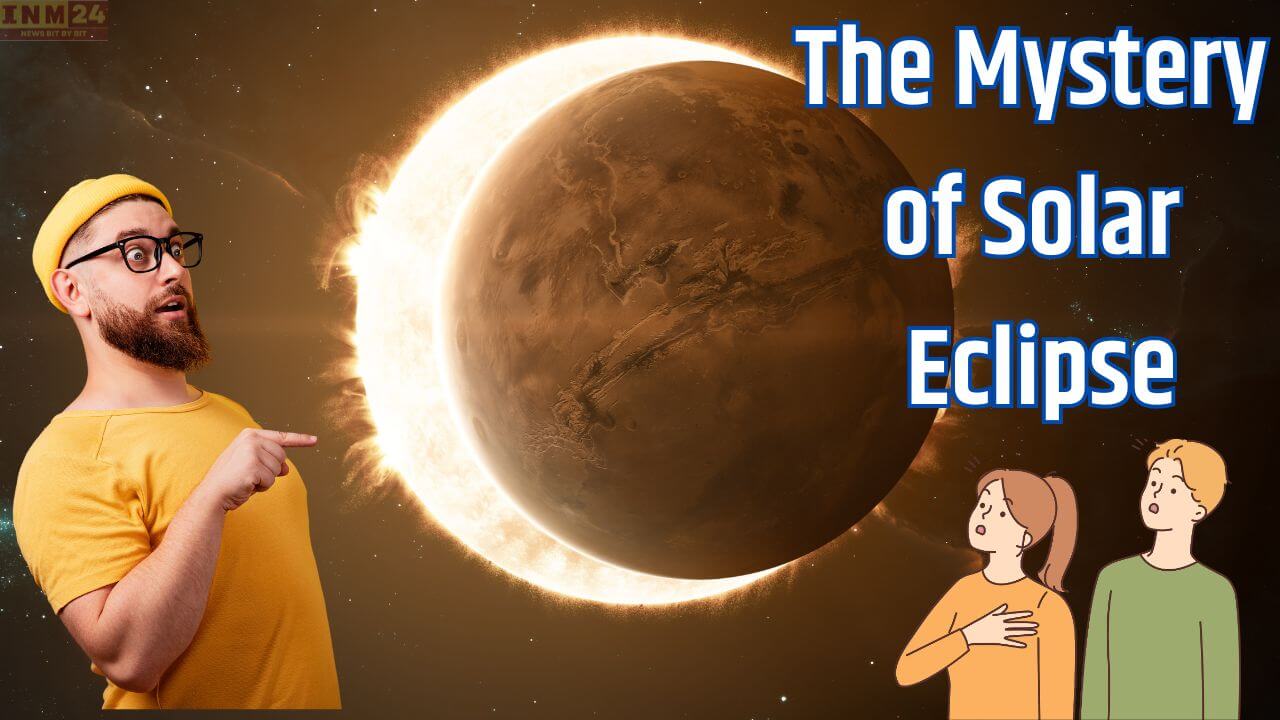A solar eclipse occurs when the moon passes between the sun and the Earth, casting its shadow on our planet. This phenomenon happens because Earth orbits the sun, and the moon orbits Earth. When the moon traverses between Earth and the sun, it blocks the sunlight.
Clouds Vanish as Moon Unveils Celestial Secrets
Solar eclipses are celestial events with religious significance.
This year, a solar eclipse is expected in April.
Clouds are not visible during a solar eclipse.
Amsterdam: When the moon comes in front of the sun, a solar eclipse occurs. During this time, an astonishing effect is observed – the rapid disappearance of clouds. This phenomenon occurs when only about 15% of the sun is covered by the moon. Victor Treij, leading a team from the Royal Netherlands Meteorological Institute and Delft University of Technology, has conducted research on the vanishing act of cumulus clouds during a solar eclipse.
A Potential Climate Change Solution Unveiled in Cloud Vanishing Act
According to Treij’s research, obstructing sunlight during a solar eclipse could potentially offer a solution to climate change by reducing climate engineering efforts. Cumulus clouds play a crucial role in reflecting sunlight, helping to cool the Earth. Understanding cloud behavior during an eclipse is challenging.
The research team used cloud-top radiative cooling calculations during a solar eclipse, taking into account the lunar shadow’s effect. The simulation revealed that when only 15% of the sun is covered, the Earth’s surface cools rapidly, creating conditions unfavorable for the formation of cumulus clouds. This effect is localized to the land, with minimal impact on the oceans.
Clouds reappear swiftly after the eclipse concludes. The team utilized cloud modeling software to simulate the phenomenon, showing that when sunlight is obstructed, the surface cools, hindering the warm air necessary for cumulus cloud formation. This intricate relationship has implications for climate engineering efforts, particularly in altering weather patterns.
This year’s solar eclipse, expected in April 2024, will be a remarkable celestial event visible across 13 states in the United States. The scientific exploration of the cloud disappearance mystery during solar eclipses not only sheds light on natural phenomena but also opens avenues for understanding and possibly manipulating Earth’s climate. As we await this celestial spectacle, scientists continue to unveil the secrets hidden within these cosmic occurrences.
